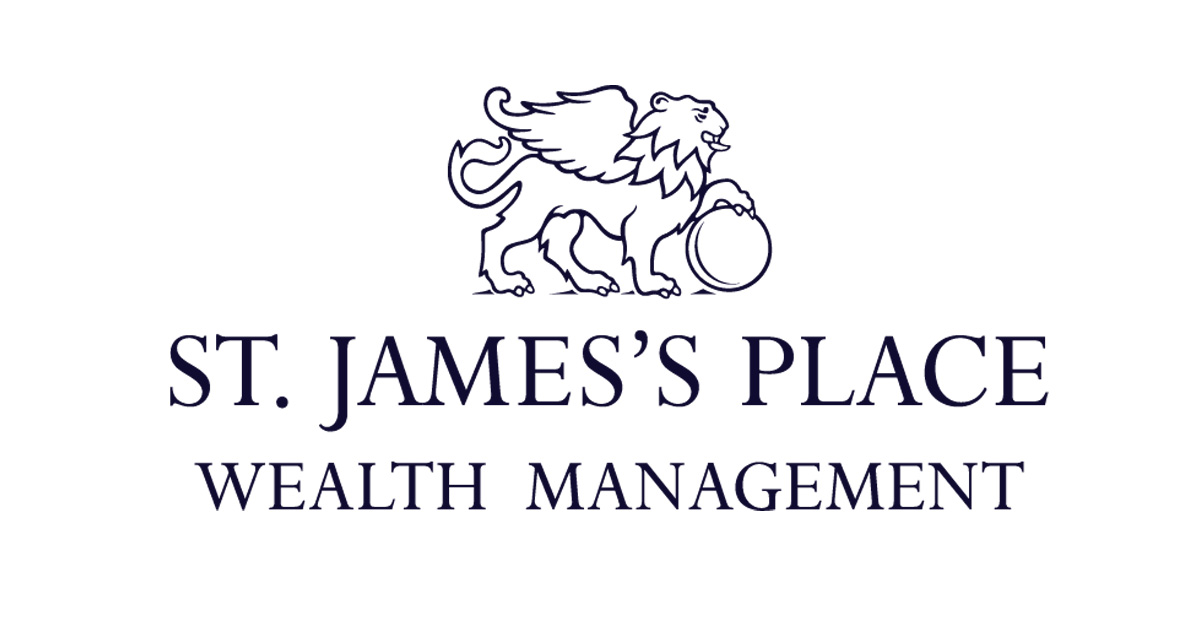Fund buyers have said St James's Place's decision to make a more
concerted move into passive funds
highlights the ongoing pressure on costs the sector faces.
Perhaps the most upscale of the somewhat mass-market wealth managers – i.e. catering not the very top, top tier, but 1 percenters all the same – SJP was keen to point out that it had previously had a small number of passive funds available to its well-heeled customer base.
A spokesperson confirmed to ETF Stream these “passive-plus funds” will be “creating high-capacity, low-carbon solutions” as part of the company’s “broader commitment to responsible investing”.
This enhanced passive push will likely take the form of SJP employing a third-party to run what we can assume will be a substantial portfolio of assets. As it stands, SJP runs over £100bn of client assets and for the firm to continue to grow, Peter Sleep, senior investment manager at 7IM, said the UK’s largest wealth manager needs some more options.
“Their assets are huge and their funds are getting too big,” Sleep stressed. “They are having difficulty putting money into their funds, they need to diversify and have other options.
“I would imagine they will be doing it with trackers and outsourcing it. That is what they do at the present; they hire third-parties.”
The likes of BlackRock will be obvious points of call along with such long-standing passive managers as Scottish Widows. “The whole thing about running passive is you need enormous scale and BlackRock has scale in abundance,” Sleep suggested.
Ben Seager-Scott, head of multi-asset funds at Tilney, added it is likely SJP will look to whichever provider it chooses to add “some light active management”.
“It sounds more like the ‘low-cost active’ approach that a number of asset managers have historically tried, rather than a full passive approach.”
Still, there is no doubting the significance of the move. Ray Backreedy, CIO at Sparrows Capital, said the move is part of the evolution of the wealth management space as it struggles to justify costs.
“The ongoing costs pressure is bearing down on the industry and the traditional wealth management models, high fees for not necessarily good market performance and service, is driving change which should benefit the end client.”
Sleep added: “SJP is perhaps the most admired firm in the business. It is significant because it is a departure for them; it is almost the last to do this. SJP has been getting it in the neck about their fees so it might be a response to that.”
This fee pressure comes at a time when active returns are also being questioned. Rumi Mahmood, head of ETF research at Nutmeg said the move to broaden out the passive options for SJP clients might in part be about “retain(ing) existing assets that are at risk of moving to external passive providers given the level of active underperformance over the medium to long-term”.
Under pressure
As Backreedy pointed out, the wealth management sector was already under pressure to show value for money and reduce costs under regulatory pressure before the current COVID-19 crisis and the attendant economic earthquake.
“For a firm that has been a proponent of active funds and portfolios, utilising cheaper passive funds as building blocks is a sensible move in both their active and now passive portfolios offerings i.e. broaden out offering to appeal to wider and existing base while reducing cost,” he continued.
“This has been a creeping move with the traditional active wealth managers for some time now.”
Seager-Scott agreed. “I think it is more a reflection that a lot of investors are now looking for low-cost options as well as best-in-class active offerings."
Mahmood added this is further confirmation of the “potential power” of passive investment. “Regardless of SJP’s reported move into passives, passive investments have largely proved their critics wrong.”
Part of this demand is that it should, in some respect, have an environmental, social and governance (ESG) element to it. Seager-Scott said it is “understandable” it has been added as a part of the mandate though he has questions about why it is only a low-carbon remit and does not encompass more of the ESG waterfront.
“Specifically focussing on low-carbon has raised some eyebrows,” he continued. “Why not consider the field more broadly?”
Sleep also questioned the focus on low carbon and suggests, appropriately enough perhaps, that the justification for using only that screen might be somewhat cloudy.
“Low carbon is reasonably easy to do depending on how low carbon you want to be,” he said. “Some (low-carbon indexes) just exclude coal companies. It is a way of appearing to add value without actually doing anything more.”
As he pointed out, by insisting the passive funds should both be low carbon and have a low tracking error, they are somewhat indicating that further carbon complexity might be the part that is sacrificed.
“If you have one, you cannot get the other,” Sleep said. “So it will likely just be coal exclusions.”
Yet, as Backreedy highlighted, when you start delving into ESG then you are opening a proverbial can of worms.
“The challenges around ESG definition and taxonomy is markedly different among rating providers and this leads into vagaries of ESG funds and low carbon products that are following these indices passively or actively configured products.”
But that, of course, is another debate entirely.
Sign up to ETF Stream’s weekly email here



